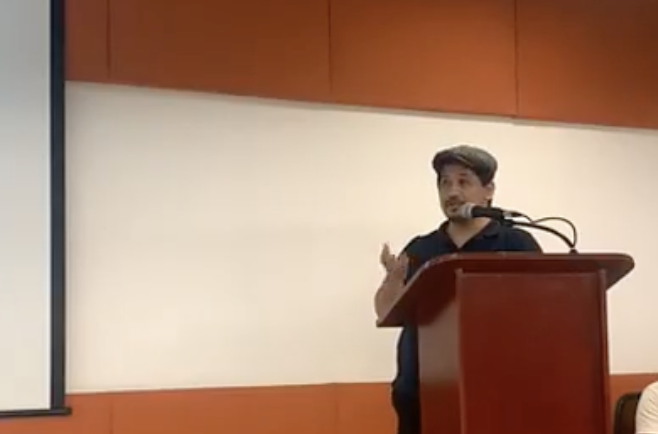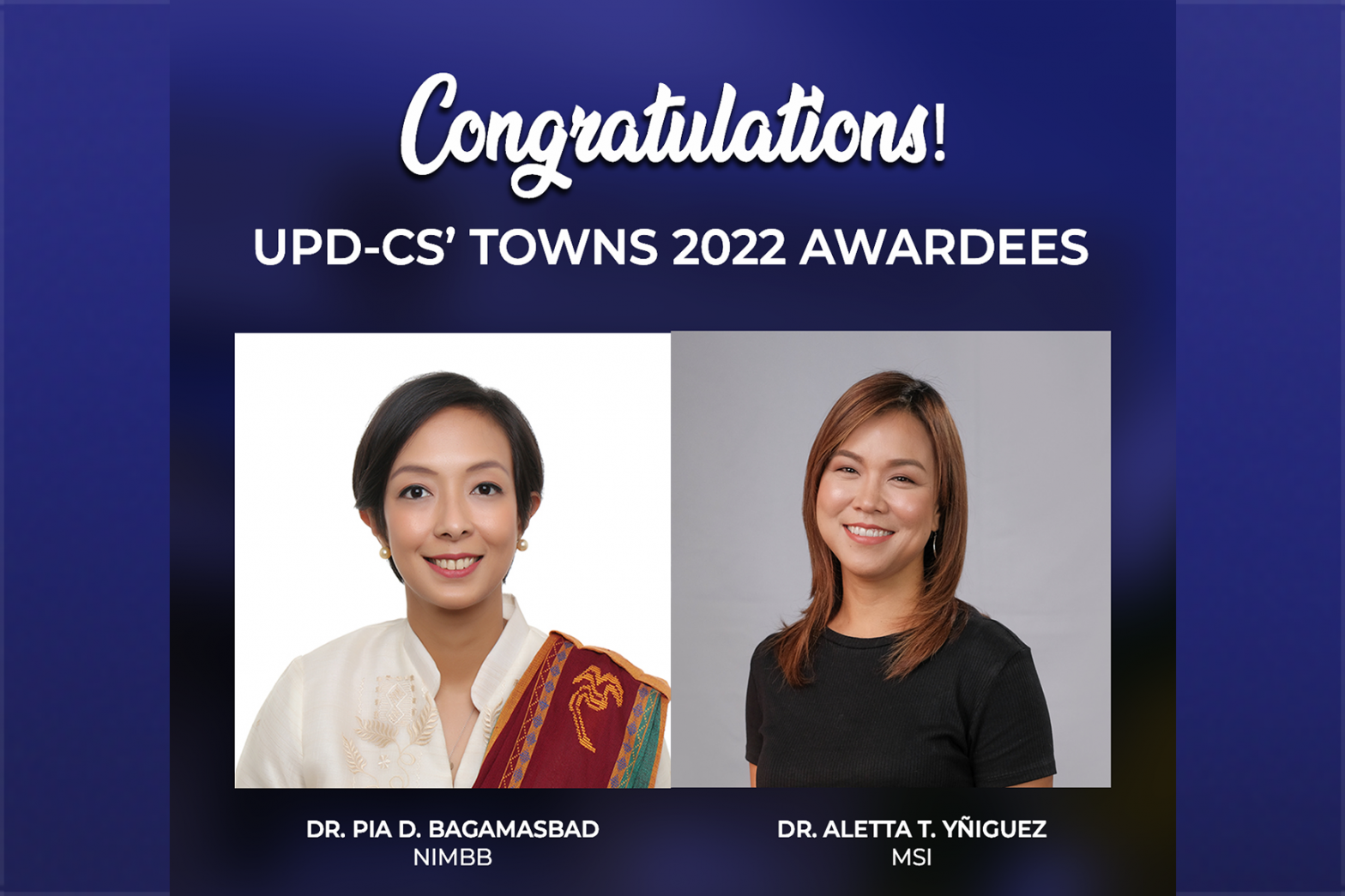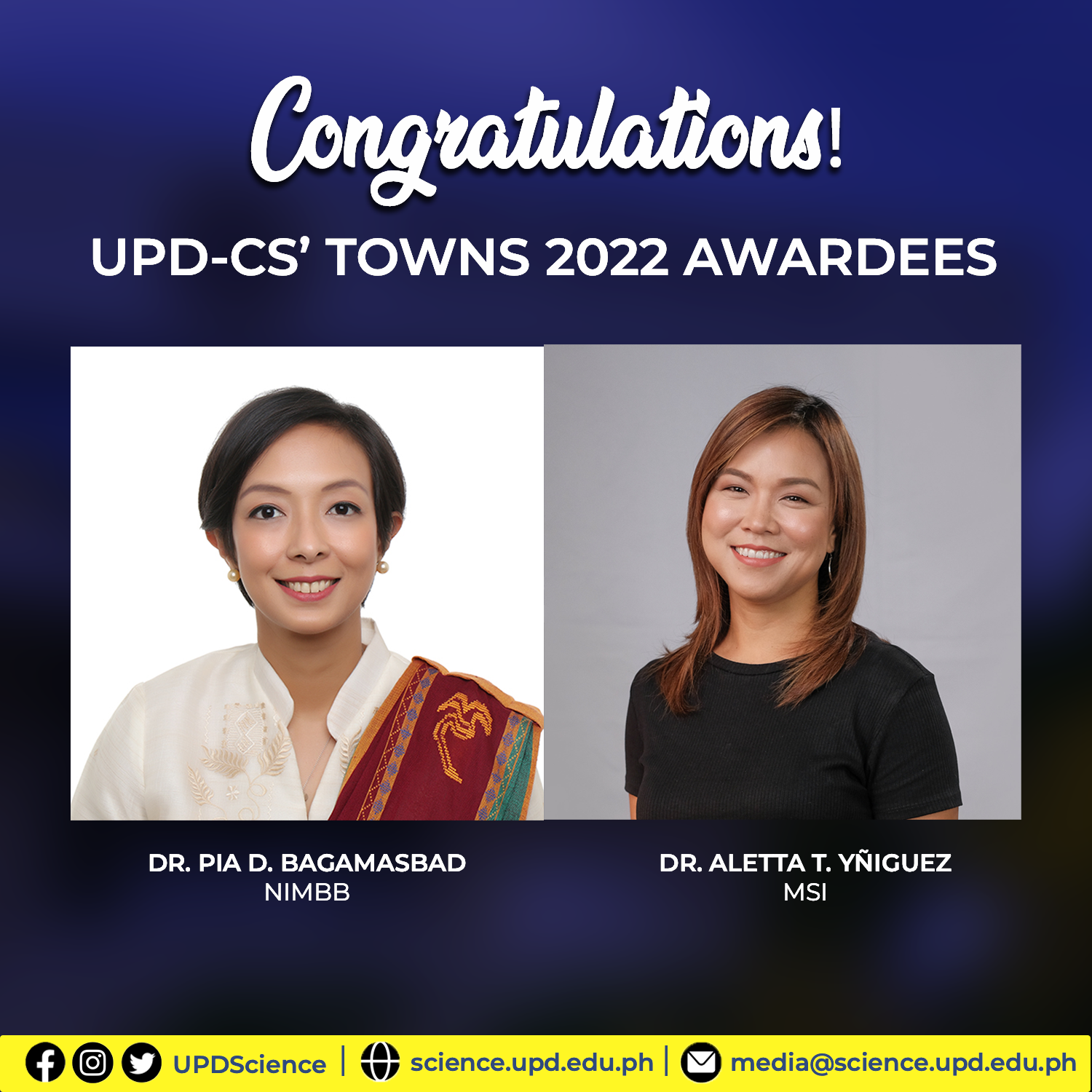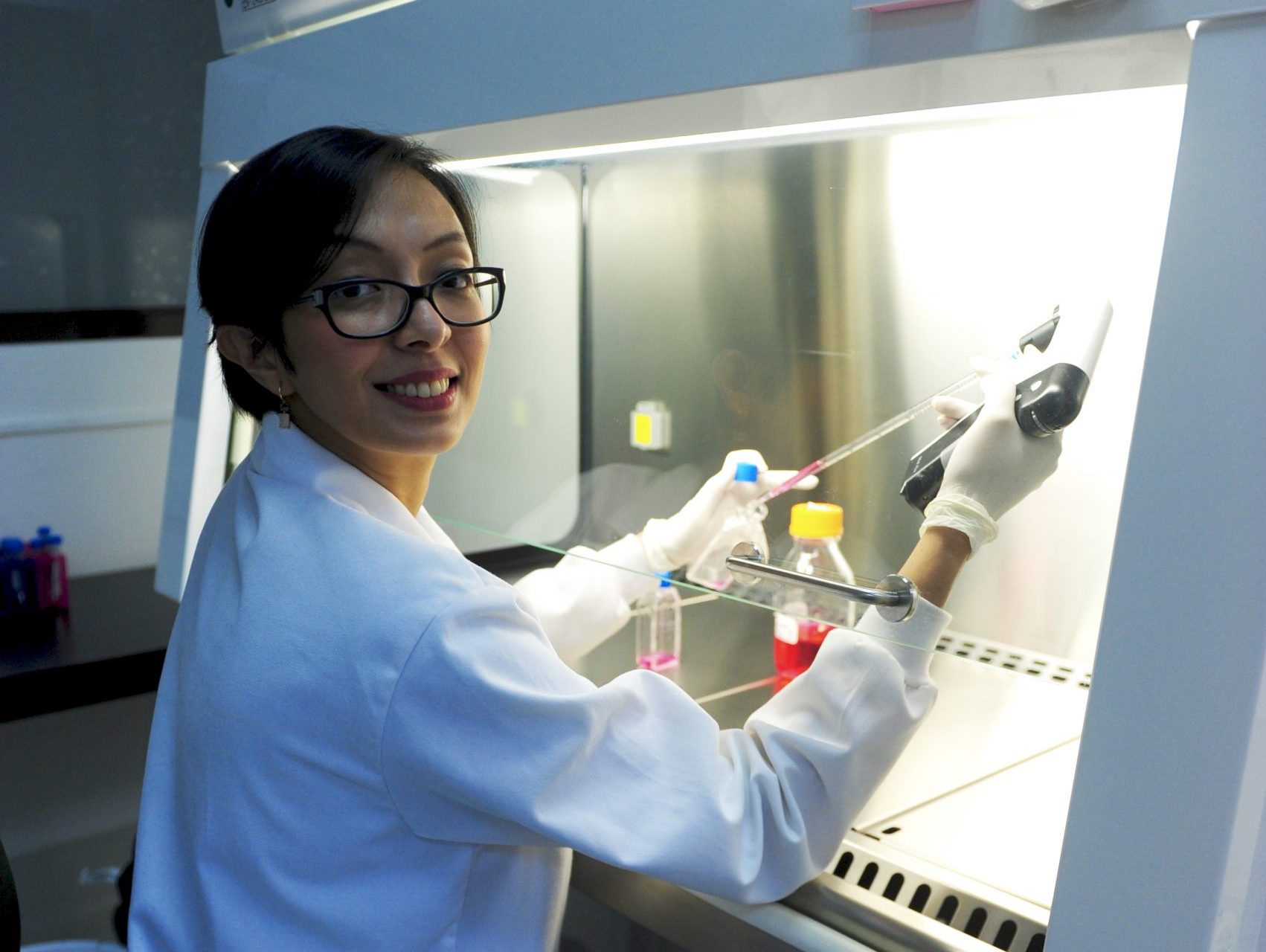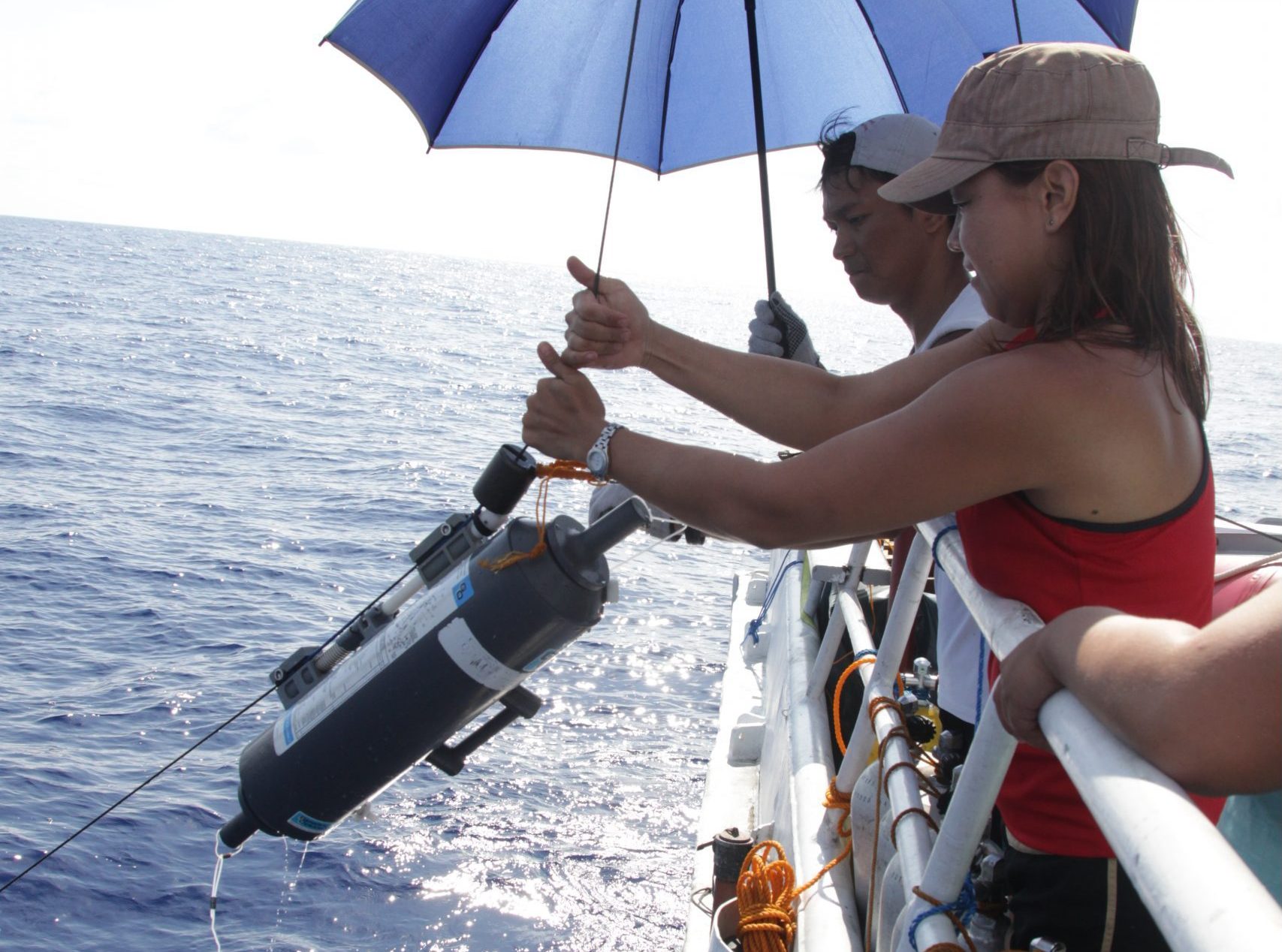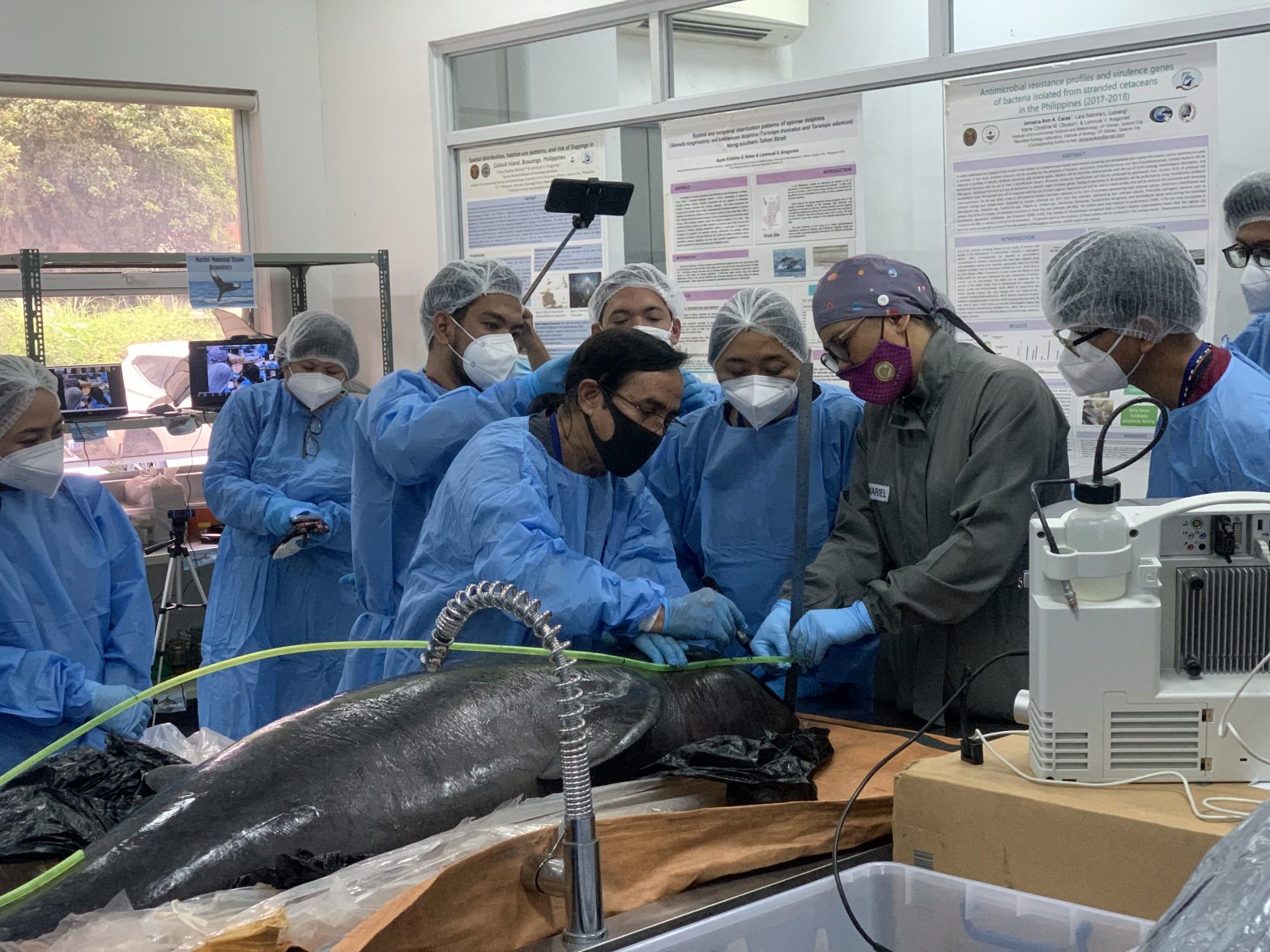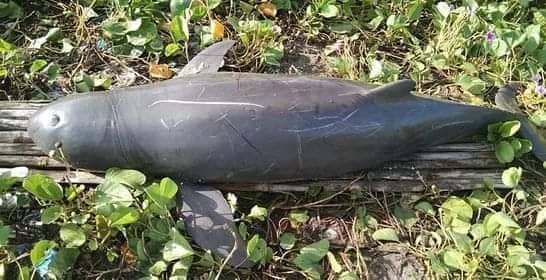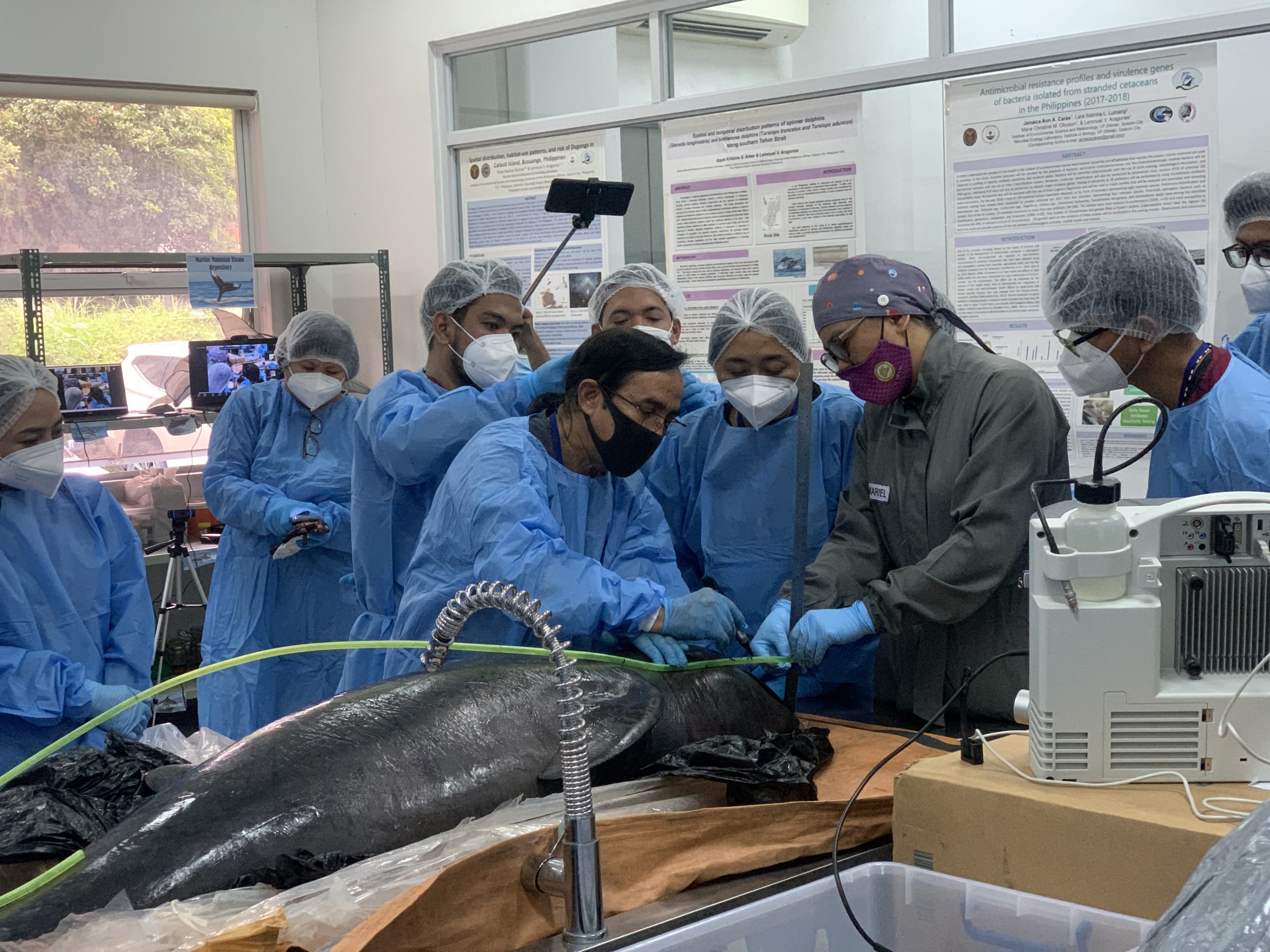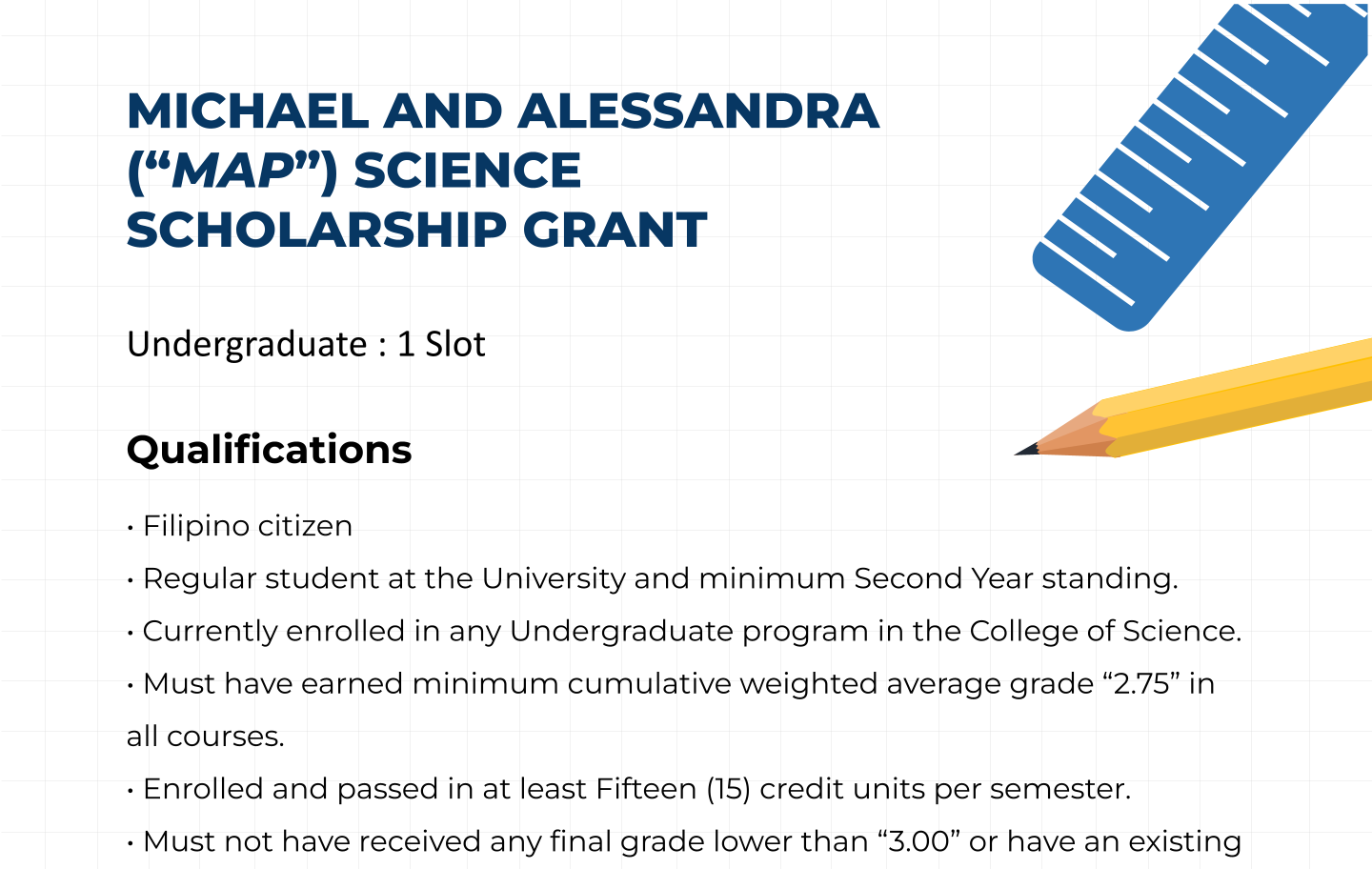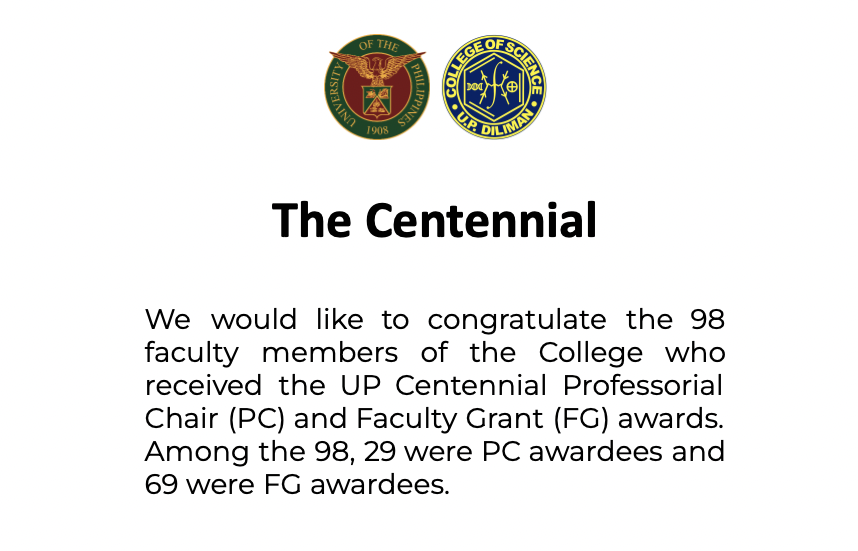Science and the supernatural: Filipino folklore through a scientific lens
By Eunice Jean Patron
Even with the rise of science and technology, Filipino folklore is still passed on from generation to generation – including stories of creatures and curses that heretofore have seemed scientifically unanswerable.
Filipino folklore is an interesting topic to delve into for scientists as the Philippines’ library of research on such supernatural phenomena continues to grow. Discoveries in science and technology have helped shed light on some folklore beliefs that generations of Filipinos grew up believing in. Scientists and researchers from the University of the Philippines – Diliman College of Science (UPD-CS), as well as from other institutes, have researches that focus on health conditions linked to Filipino folklore, enriching our understanding of what we heretofore could only think of as supernatural.
Tracing the Aswang’s true roots
One of the most feared Filipino supernatural beings is the aswang, a shapeshifter that takes on human form during the day but transforms into a grotesque creature at night that would feast on humans. Aswangs are said to live mainly on Panay Island, particularly in the province of Capiz. But in 1975, Filipino doctors discovered a neurodegenerative disorder there called X-linked Dystonia Parkinsonism (XDP).
People diagnosed with XDP exhibit symptoms of dystonia, such as cramping of the foot and involuntary pulling of the neck. The jerky, seemingly unnatural movement of XDP sufferers could easily lead one to think that they are being possessed by the devil. Then it progresses to Parkinsonism symptoms such as tremors, muscle stiffness, slow movement, and impaired balance and coordination which could sometimes lead to falls.
“The [aswang] myth tried to explain the transformation when these people eventually started to manifest the trait,” said National Institute of Molecular Biology and Biotechnology (NIMBB) Director Dr. Pia Bagamasbad, who recently published a study on how stress hormones affect the expression of genes of XDP patients. “They [XDP patients] were born normal, they grew up to be normal, then they suddenly transformed, exhibiting these involuntary contractions na parang nagtatransform. Ganoon ‘yung sinasabi na ‘aswang’. Kaya nagkaroon ng myth.”
Dr. Bagamasbad visited Capiz in 2019 for a completely different reason, but talking to the citizens piqued her interest in probing the link between stress and XDP. “‘Yung iba sinasabi na after a very stressful situation, like [typhoon] Yolanda, doon nagsimulang magmanifest ‘yung symptoms,” Dr. Bagamasbad narrated her experience.
XDP is due to a mutation in a gene found on the X-chromosome. Therefore, this disease more commonly affects males. All individuals afflicted by XDP can trace their roots to Panay Island. There is still no cure for XDP yet, but according to a case study on XDP published in the Philippine Medical Association Journal, it is important for this disease to be recognized.
“The patients who suffer from X-linked dystonia-parkinsonism are people who need care and are not supposed to be feared. Perhaps, if the disease becomes common knowledge, the fear will be turned into understanding, the stigma would be abolished, and the patients afflicted with the disease will be given the appropriate management and be given hope,” the study said.
Blindness due to a ‘curse’
Meanwhile, according to ophthalmologist Dr. Ryan Collantes, it is rare for young people to suffer from glaucoma. So he was naturally intrigued when a 16-year-old approached him because of possible glaucoma.
“The patient also offered an interesting history. Both of his siblings were blind in one eye. His father was also blind. In his case, [glaucoma] was a familial disease. I thought that there was a genetic component because there was a strong penetrance of the disease,” said Dr. Collantes in an interview.
Dr. Collantes flew to the patient’s hometown to learn more about the patient’s family history and genetics, only to meet more than 50 family members who had juvenile open-angle glaucoma (JOAG), a rare glaucoma condition.
After collecting blood samples from the family members and analyzing its extracted DNA at the Philippine Genome Center (PGC), Dr. Collantes discovered a new type of mutation that causes glaucoma in affected family members.
His further research on this disease allowed Dr. Collantes to become a research fellow at the Massachusetts Eye and Ear and the Harvard Medical School. He also received the international Dr. David L. Epstein award for clinician-scientists pursuing research on glaucoma.
“These people [with JOAG] think that they’re cursed. But, through this scientific discovery, we proved that they aren’t [cursed]. I want to give patients hope. It means a lot to them that we’re looking into their situation. I want to genuinely look out for them,” Dr. Collantes shared.
The mystery behind kulam
Whenever severe adverse events happen, Filipinos often wonder if it has something to do with ‘kulam’ or sorcery. Usually, ‘kulam’ involves serious ailments that cause pain, and uses ‘kontra-kulam’ remedies as treatment.
However, Department of Anthropology Professor Emeritus and former UPD Chancellor Dr. Michael Tan wrote an essay elaborating on how certain diseases can be thought to be caused by kulam. Neuritis, a condition involving inflammation of nerves, is one such disease. And sicknesses that are visually disfiguring are also commonly assumed to be an aftermath of kulam. Psoriasis is another example, where patches of thick red skin and scaly patches appear on the skin. And these diseases can also overlap with nervous diseases: anxiety can cause people to scratch their skin and experience mild pain that could worsen over time.
Chronic ailments such as ascites, a condition in which fluid builds up in the abdomen, are also commonly associated with kulam. Ascites may be often caused by liver problems, but some people readily believe that a mangkukulam placed foreign objects into the sufferer’s body.
Psychosis or paranoia, a mental health condition that involves irrational suspicions or mistrust of others, is another ailment commonly associated with kulam. Patients with paranoia often believe they are being threatened despite having little or no evidence.
Kulam, according to Dr. Tan, reveals Filipinos’ lack of health literacy and how widespread and dangerous that can be.
Building on the supernatural
And yet, modern science doesn’t always necessarily have to debunk folk beliefs.
In some ways, science can supplement or even enrich our appreciation of folklore by enabling us to understand what makes the seemingly impossible, possible. And it is through this understanding that we are able to make better-informed decisions.
“Words like ‘mutation’ or ‘carrier’ are very common now, and there’s less stigma among the people afflicted with this disease [XDP],” recounted Dr. Bagamasbad as she talked about her research on XDP. “Now, their health-seeking behavior has improved. Some of them even volunteered their post-mortem brain to advance the understanding of what’s happening at the tissue level.”
Through folklore, we are able to glimpse our ancestors’ perspectives on life, which can in turn cultivate our own self-understanding. Folklore also points the way towards the unknown, raising to our awareness the mysteries of our world, thereby setting the stage for our innate scientific curiosity to learn more about and understand them.
Eunice Jean Patron is a graduate of Development Communication from the University of the Philippines Los Baños. She is a Senior Science Communicator at the UP Diliman College of Science.

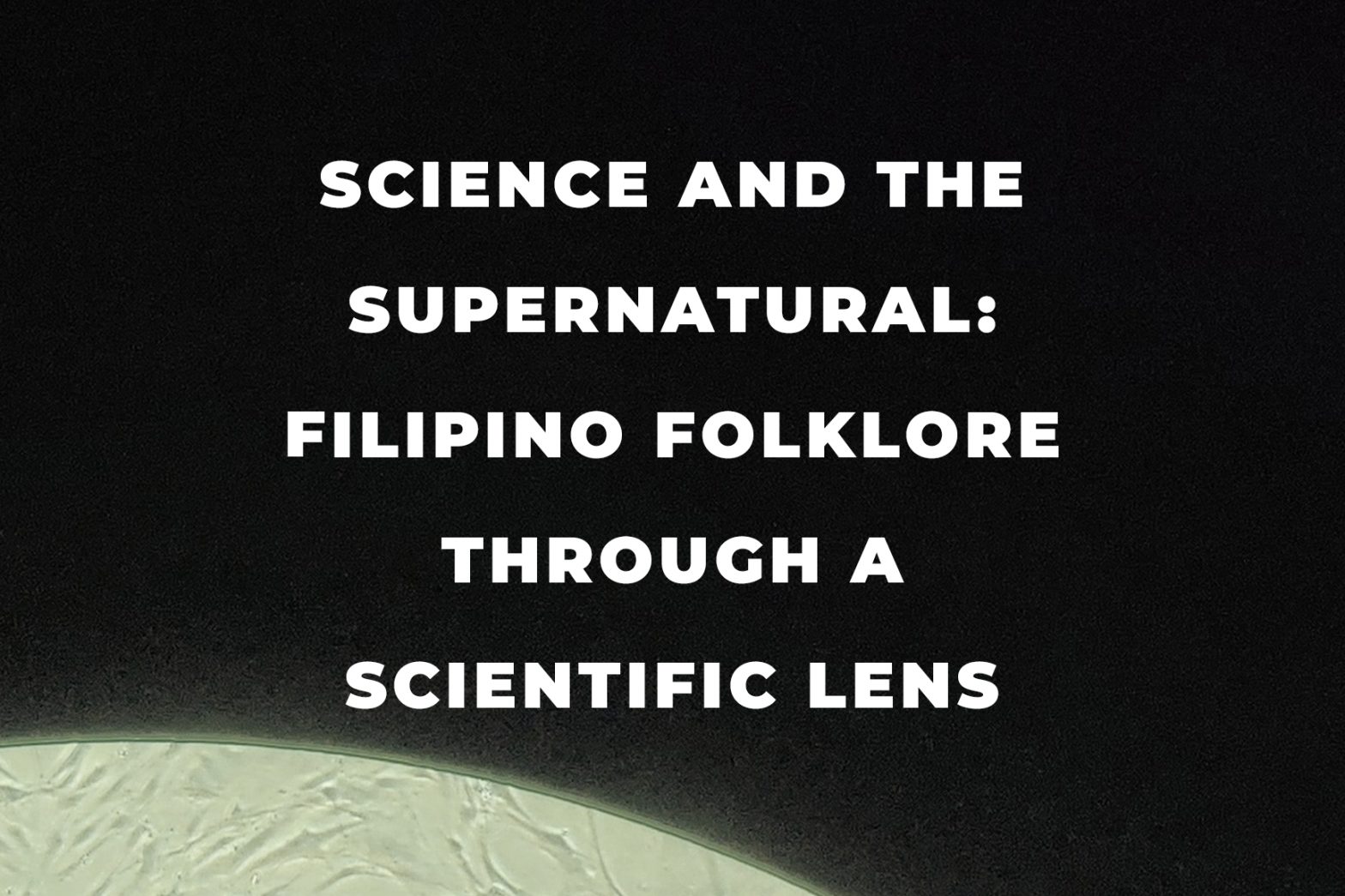

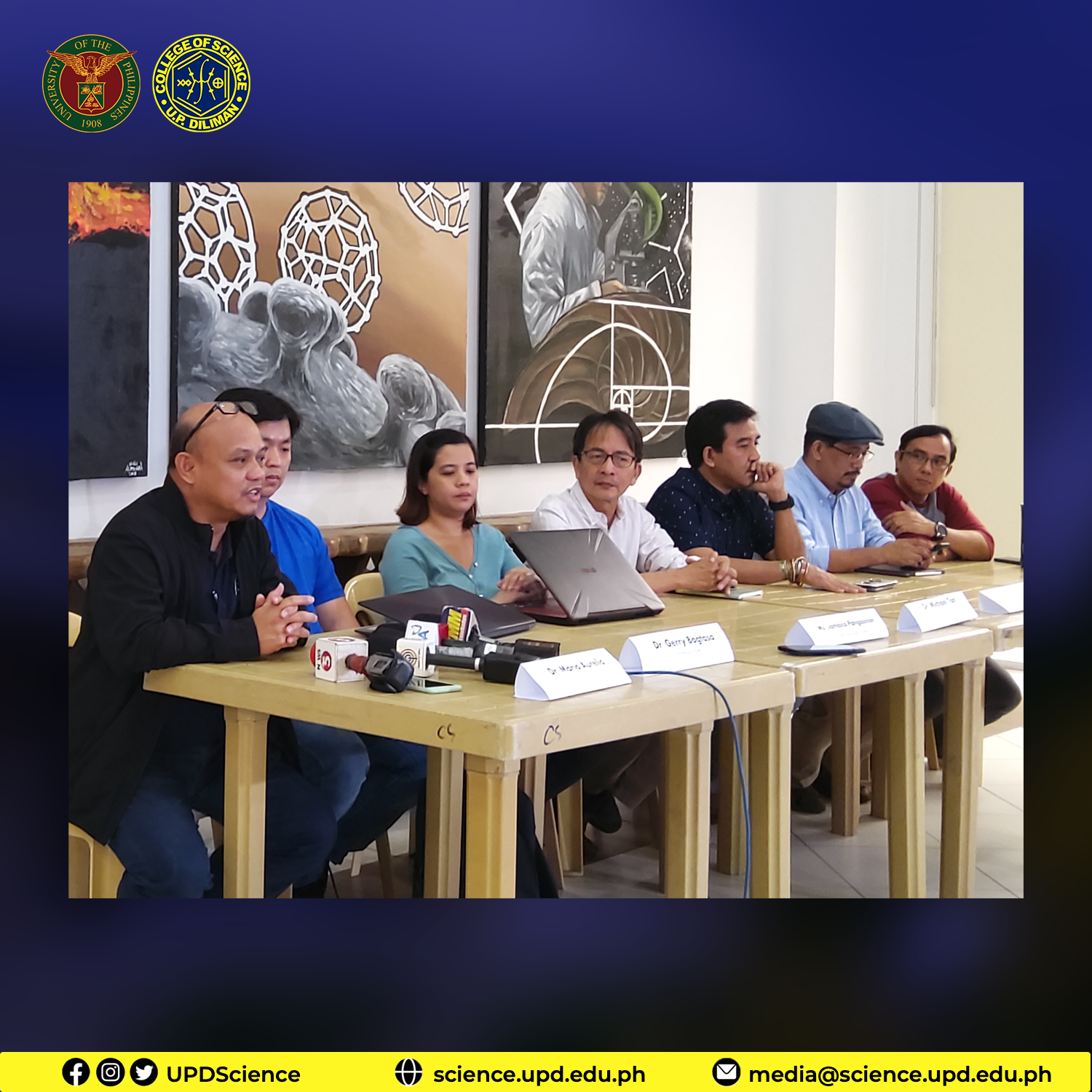
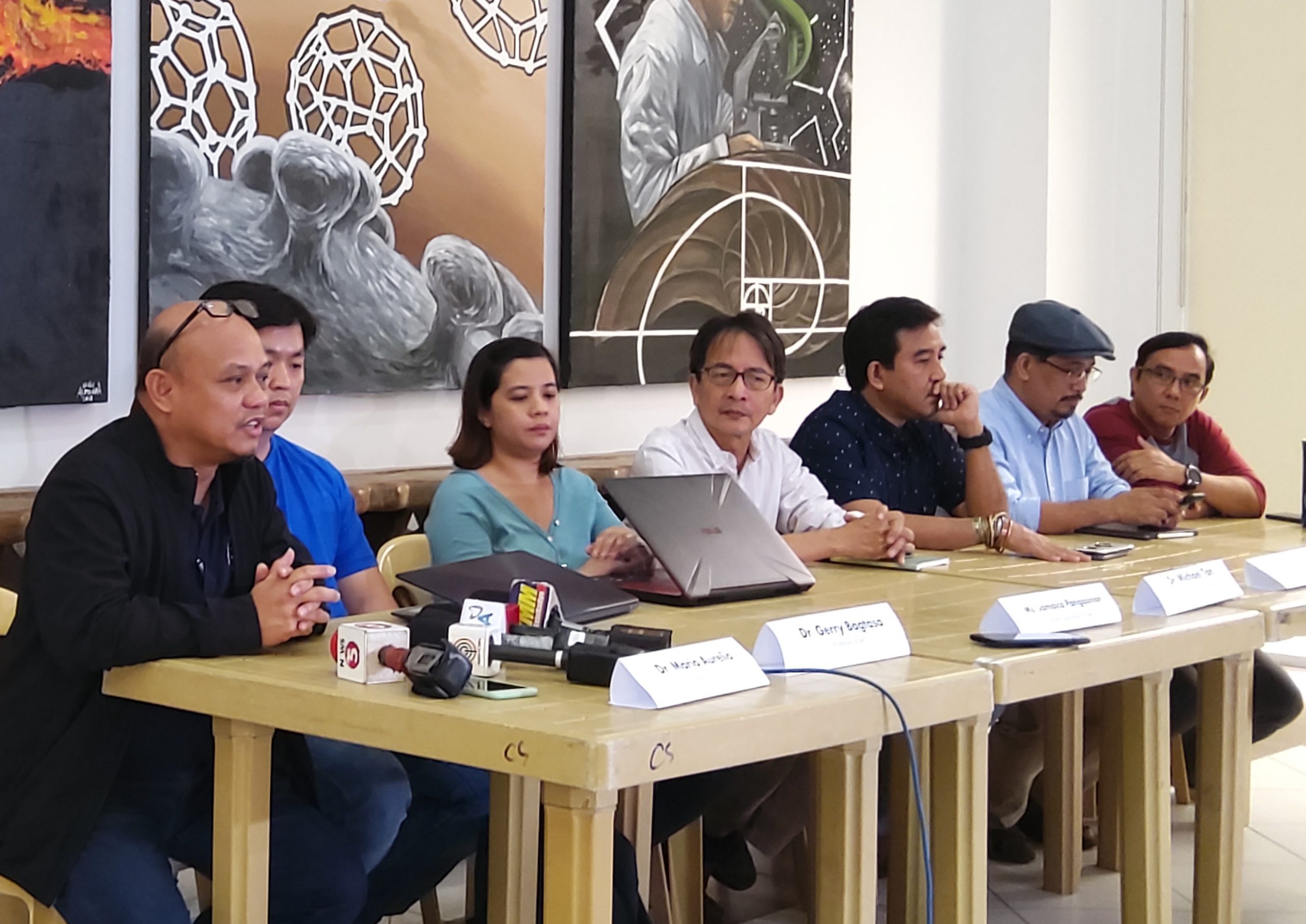

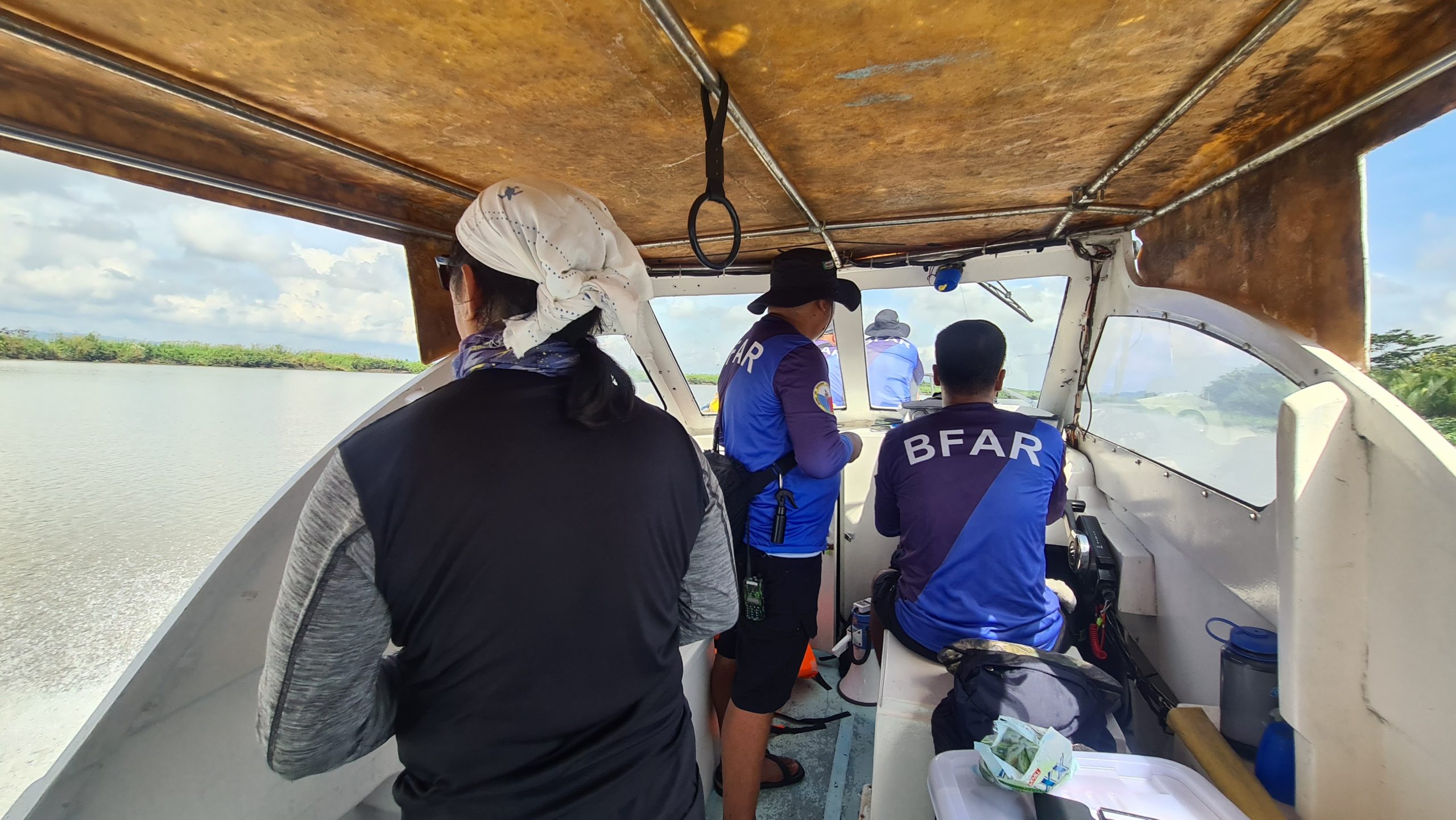 A joint team of researchers from the UPD-CS IESM and BFAR5 conduct a boat survey of the Bicol River as part of a reconnaissance trip in search of the rare and endangered Irrawaddy dolphin. (Photo credit: IESM/BFAR5)
A joint team of researchers from the UPD-CS IESM and BFAR5 conduct a boat survey of the Bicol River as part of a reconnaissance trip in search of the rare and endangered Irrawaddy dolphin. (Photo credit: IESM/BFAR5)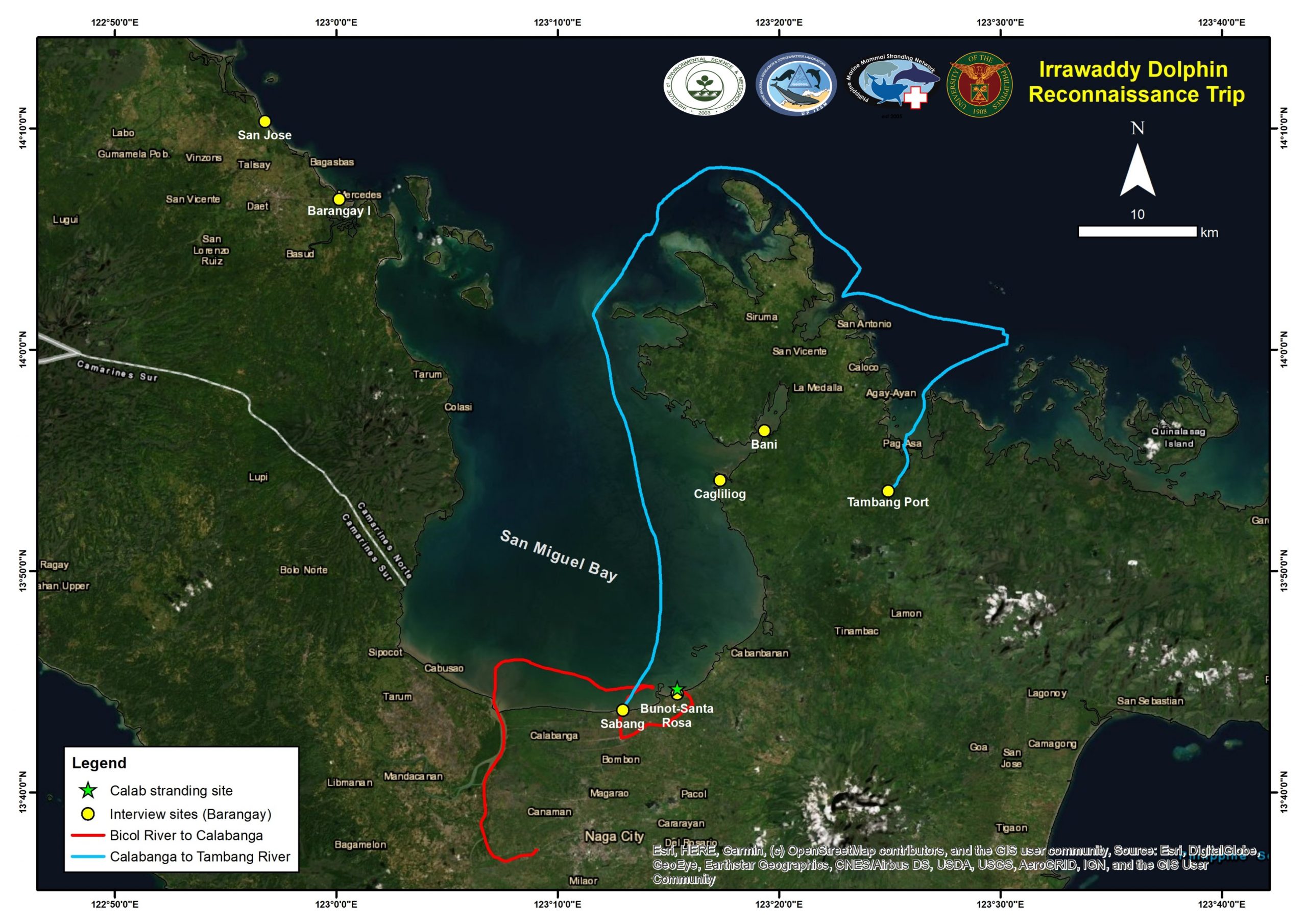 From October 21 to 24, 2022, a joint reconnaissance team from the UPD-CS IESM and BFAR5 traversed the Bicol River from Camaligan to its mouth, which splits into Cabusao and Calabanga. The Tambang River was also surveyed by navigating through San Miguel Bay north of Calabanga, then eastward towards Tinambac, passing through Siruma, Camarines Sur, by boat. The team also made land trips to the areas of Mercedes and Vinzon’s-Talisay in Camarines Norte. (Photo credit: IESM)
From October 21 to 24, 2022, a joint reconnaissance team from the UPD-CS IESM and BFAR5 traversed the Bicol River from Camaligan to its mouth, which splits into Cabusao and Calabanga. The Tambang River was also surveyed by navigating through San Miguel Bay north of Calabanga, then eastward towards Tinambac, passing through Siruma, Camarines Sur, by boat. The team also made land trips to the areas of Mercedes and Vinzon’s-Talisay in Camarines Norte. (Photo credit: IESM) Researchers from the UPD-CS IESM and BFAR5 listen to one of their key informant interviewees describe his sighting of what experts believe to be rare and endangered Irrawaddy dolphins. (Photo credit: IESM/BFAR5)
Researchers from the UPD-CS IESM and BFAR5 listen to one of their key informant interviewees describe his sighting of what experts believe to be rare and endangered Irrawaddy dolphins. (Photo credit: IESM/BFAR5)
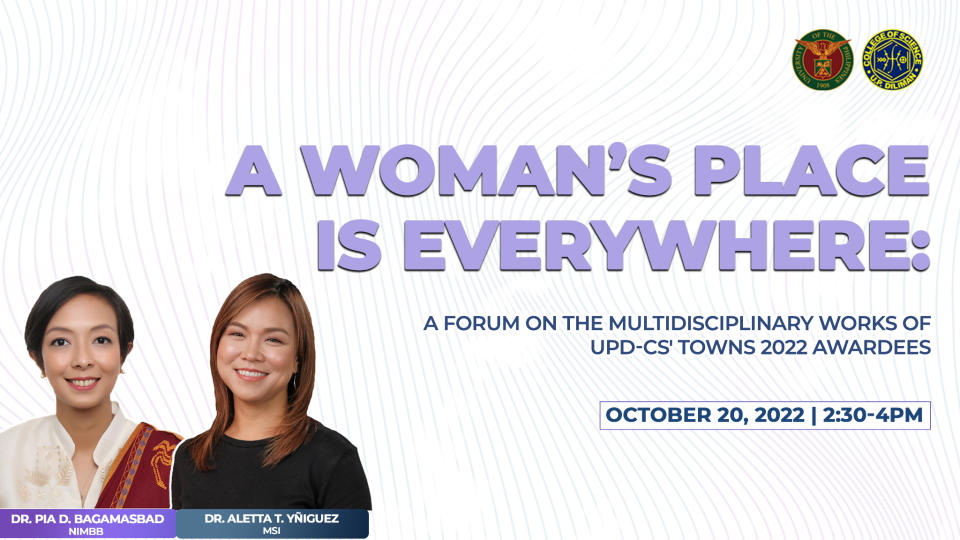

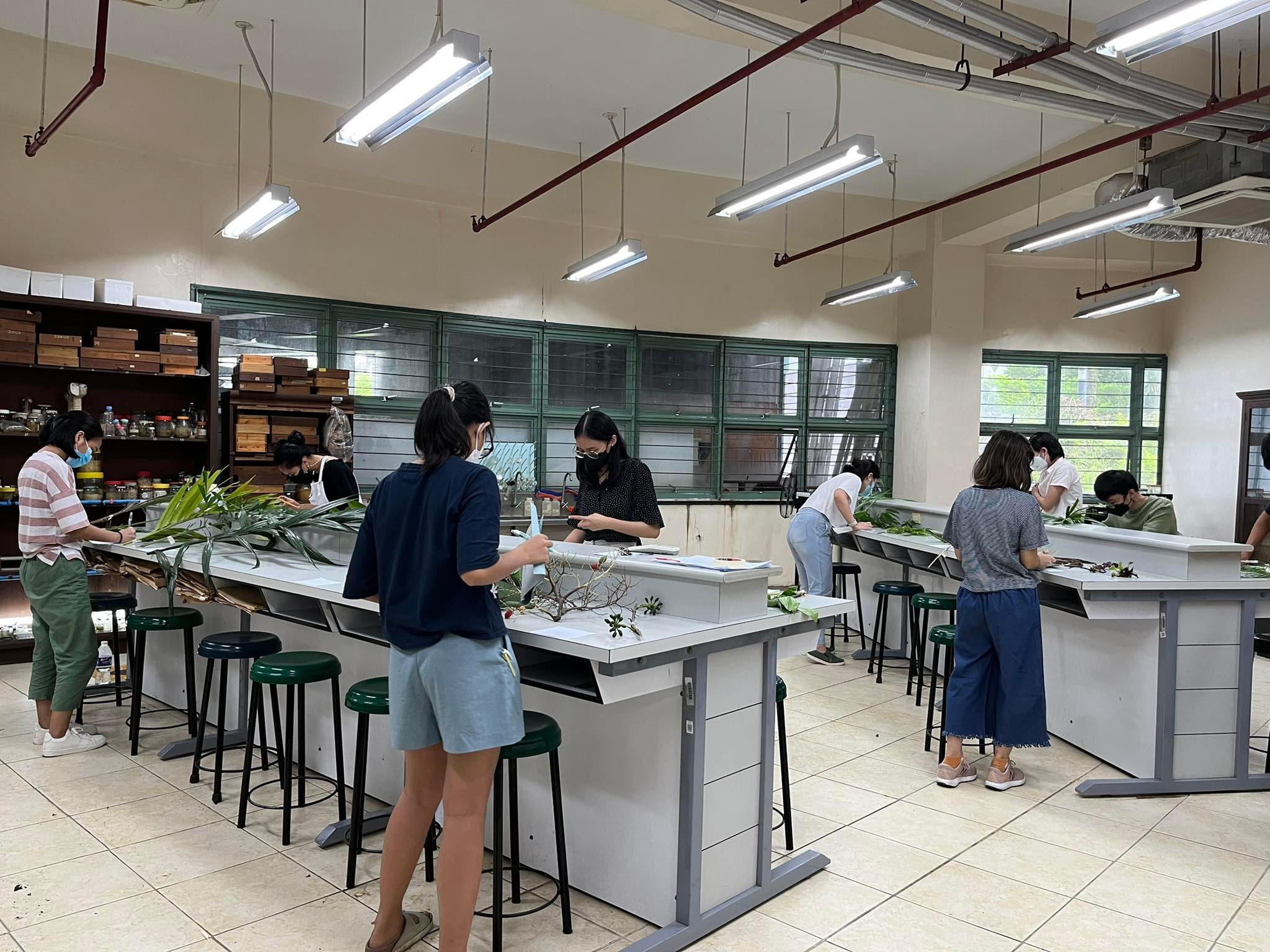 SAFETY FIRST. Biology students undertake a “move-type” laboratory exam in the Institute of Biology under strict safety guidelines and protocols. (Photo: Dr. Lillian Jennifer Rodriguez, UPD College of Science)
SAFETY FIRST. Biology students undertake a “move-type” laboratory exam in the Institute of Biology under strict safety guidelines and protocols. (Photo: Dr. Lillian Jennifer Rodriguez, UPD College of Science)